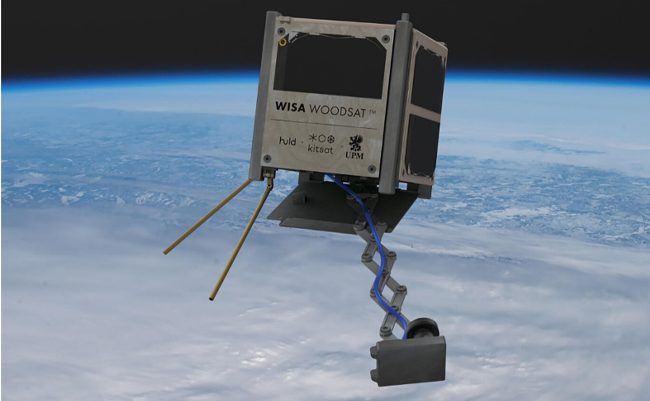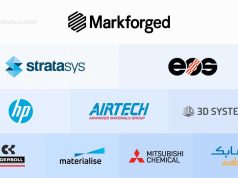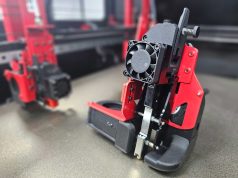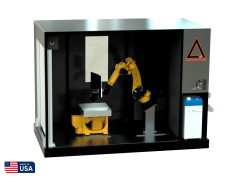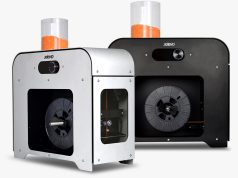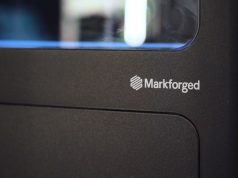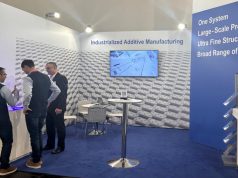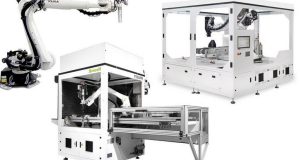Zortrax, as a contractor to the European Space Agency (ESA), has successfully completed a project to develop new 4D printing technologies. 4D printing allows objects to change their geometry and other properties in response to various stimuli, the fourth dimension being time.
“4D printing generated a lot of interest in the space industry because, in theory, the technology could enable engineers and mission designers to reduce weight of deployable structures like antennas, booms, or various sensors. The weight of such structures made in a traditional way is always a sum of the structure itself and the mechanism that is supposed to deploy it. But if it was possible to get rid of the deployment mechanisms altogether, they could be made even lighter and smaller” – says Michał Siemaszko, the Head of Research and Development at Zortrax S.A.
The Zortrax team used a Zortrax M300 Dual 3D printer and a modified version of Z-SUITE software to print structures made of shape memory polymers and electrically conductive materials.
“Combining such advanced materials in a dual extrusion 3D printing process on the M300 Dual opens a clear path towards building reliable, light-weight mechanisms that can function without separate actuators, engines or control circuits which is critically important in fields such as energy production, smart sensors, and defense industry, just to name a few besides space exploration itself.” – says Dawid Piastowski, Materials Development Leader at Zortrax S.A.
“The most commonly used stimulus for the activation of 4D printed mechanisms is temperature. Looking into space application, the amplitude of temperature change can be very large and even if it can be used as a trigger for shape changing activation, it can be difficult to control in a gradual way. So in space systems it is easier to control the electrical input. The idea behind this project was to take advantage of thermally induced shape changing capability but using a more controlled activation via heat generated by electrical current. Such concepts are under evaluation due to their potential to decrease the number of parts in complex systems while maintaining their capability to provide controlled, on demand movement and actuation.” says Dr. Ugo Lafont, Materials’ Physics and Chemistry Engineer at ESA.
Find out more about Zortrax at zortrax.com.
Subscribe to our Newsletter
3DPResso is a weekly newsletter that links to the most exciting global stories from the 3D printing and additive manufacturing industry.



